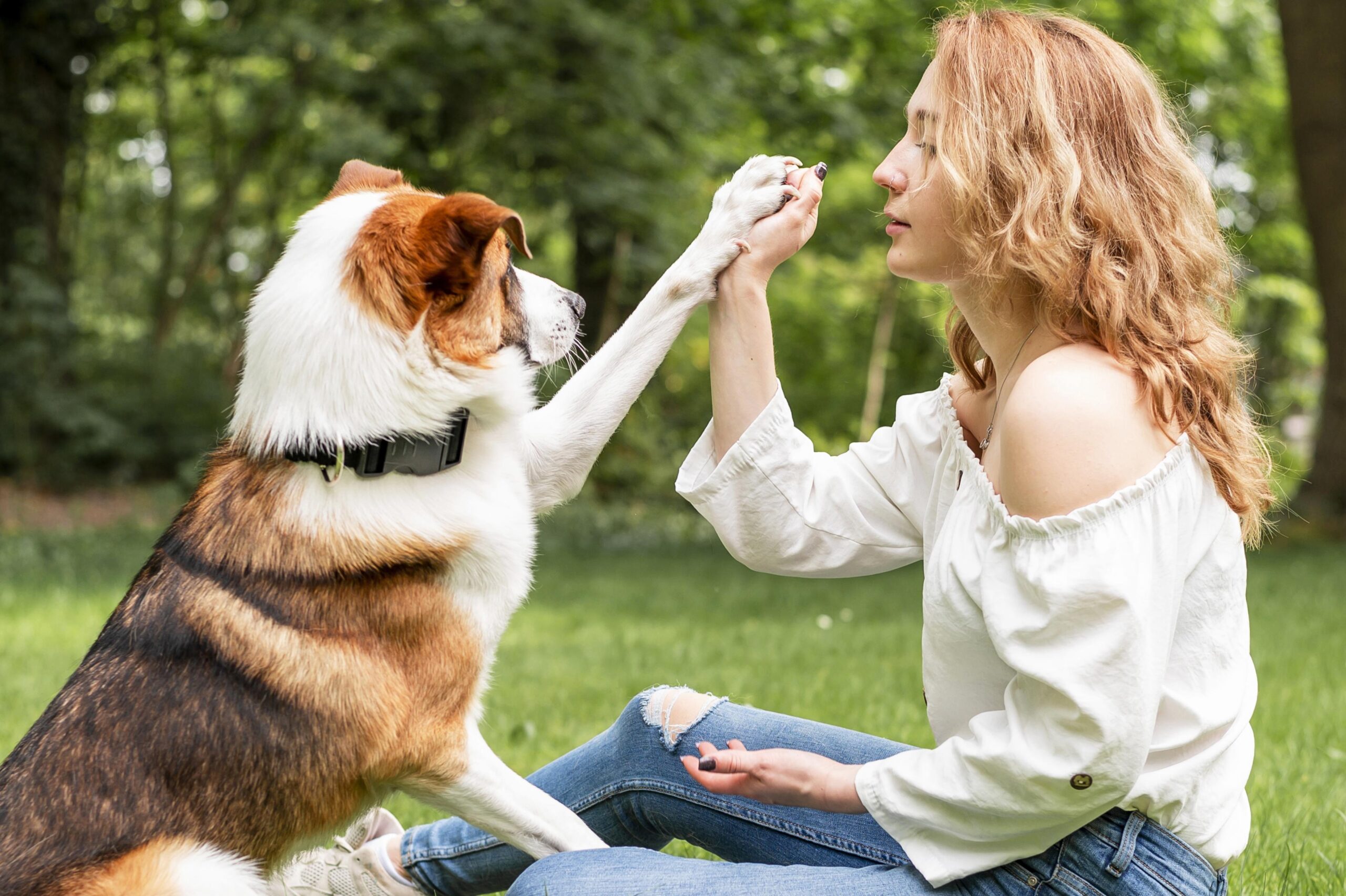
Pet Communication – Understanding What Your Pet is Really Saying
Pets may not speak our language, but they communicate with us in amazing and complex ways. Whether it’s a cat’s slow blink, a dog’s wagging tail, or a parrot’s vocal mimicry, every movement, sound, and behavior carries meaning.
Understanding pet communication helps strengthen our bond with them, reduces behavioral issues, and ensures their emotional well-being. Let’s dive into the fascinating ways pets talk to us—and how we can learn to “speak” their language!
1. The Silent Language of Body Movements
🐶 Dogs:
- Tail wagging: Not always a sign of happiness! A slow wag means curiosity, while a stiff, high tail could signal aggression.
- Yawning: Often a sign of stress or uncertainty, not just sleepiness.
- Leaning on you: A sign of love and trust, like a hug.
🐱 Cats:
- Slow blinking: Your cat is saying, “I trust you.” Try blinking back!
- Purring: Usually a sign of contentment, but can also indicate pain.
- Twitching tail: A fast flick means irritation, while a soft sway shows relaxation.
🐦 Birds:
- Fluffed feathers: Comfort and warmth—but can also indicate illness if excessive.
- Beak grinding: A sign of a relaxed and happy bird.
- Eye pinning (rapid pupil changes): Excitement or fear, depending on the situation.
2. Vocal Expressions – More Than Just Noise
🐾 Dogs bark differently depending on emotion – Deep barks may signal warning, while high-pitched yips show excitement.
🐾 Cats have unique meows for different needs – A short meow for greetings, a drawn-out meow for attention, and a low growl for discomfort.
🐾 Guinea pigs “popcorn” when happy – They jump and twitch in pure joy!
3. Learning to Respond to Your Pet’s Signals
✅ Respect their boundaries – A pet pulling away means they need space.
✅ Mirror their positive behaviors – Slow blink at your cat or mimic your parrot’s whistle.
✅ Pay attention to changes – Unusual vocalizations or body language may indicate stress, illness, or discomfort.
4. Strengthening the Bond Through Communication
🧡 Interactive play – Use their favorite games to build trust.
🧡 Training & socialization – Helps your pet feel safe and confident.
🧡 Consistent routines – Pets feel secure when they know what to expect.
By understanding your pet’s unique way of speaking, you create a deeper connection built on trust, love, and respect. Start observing their signals today, and you’ll soon feel like you’re having full conversations with your furry (or feathered) friend! 🐾❤️